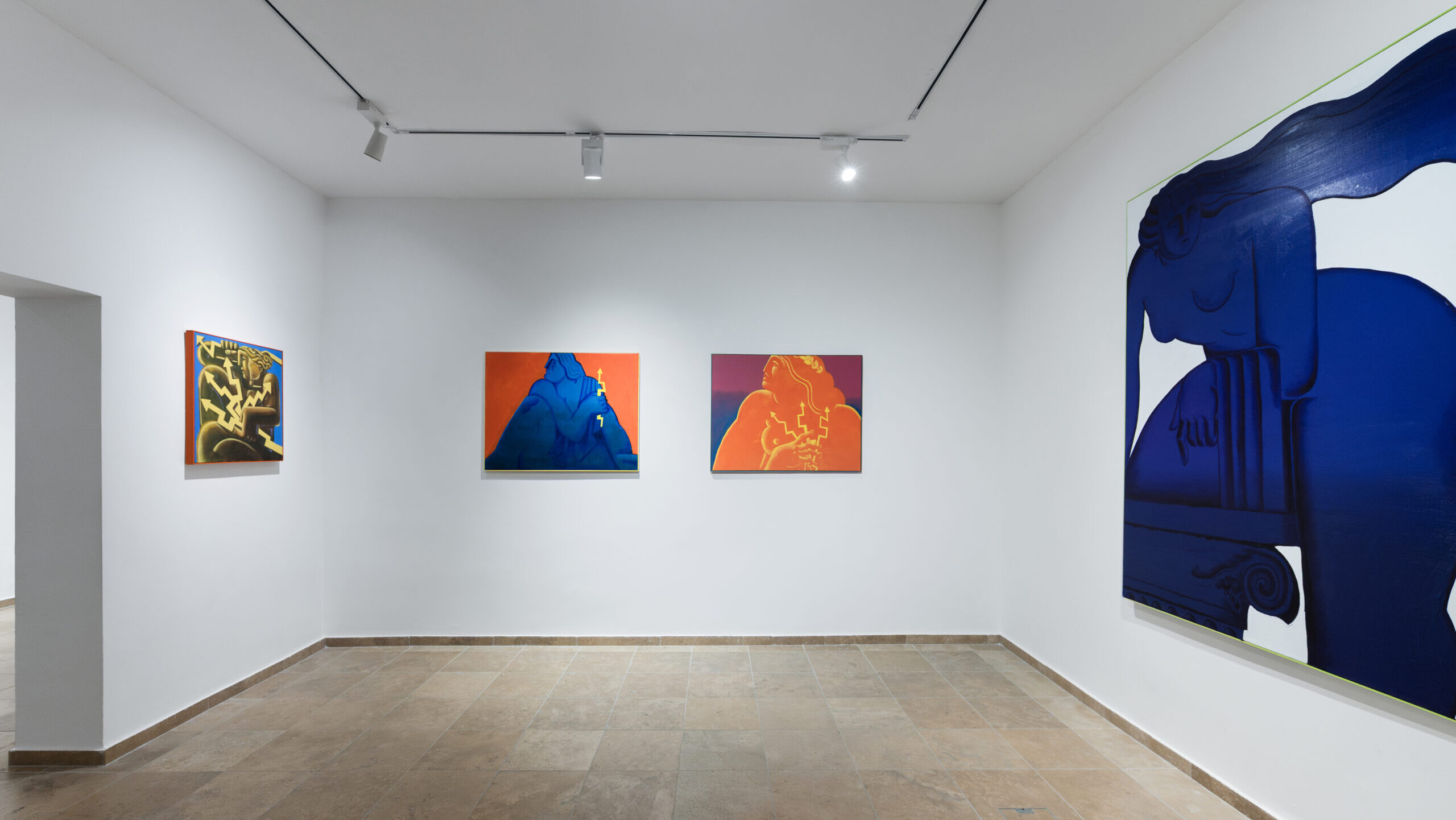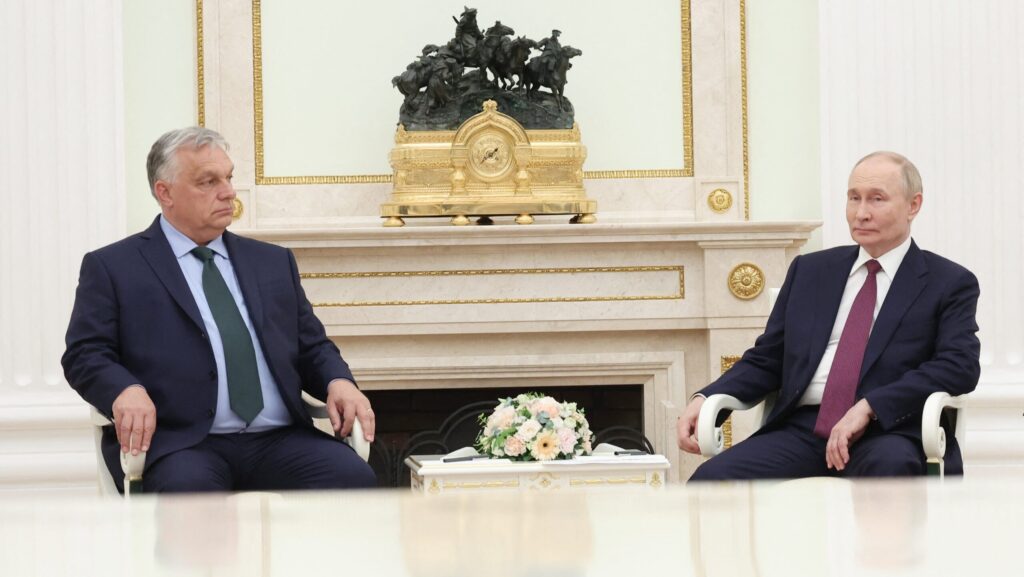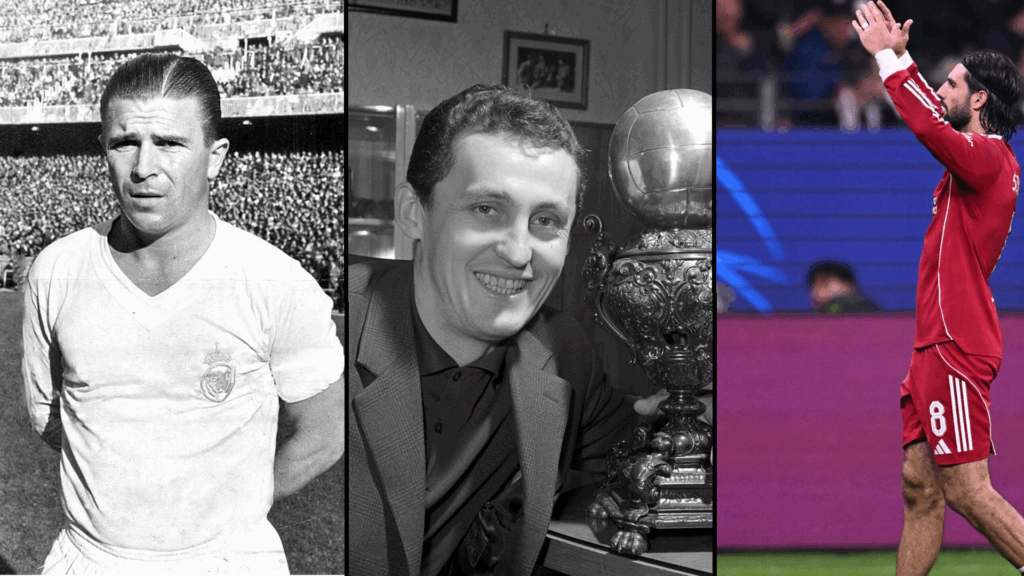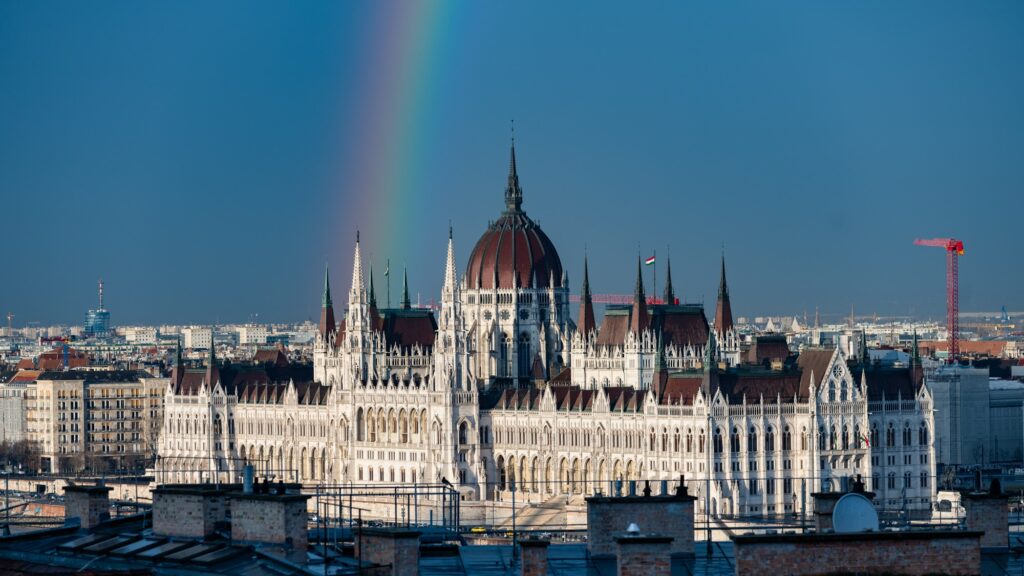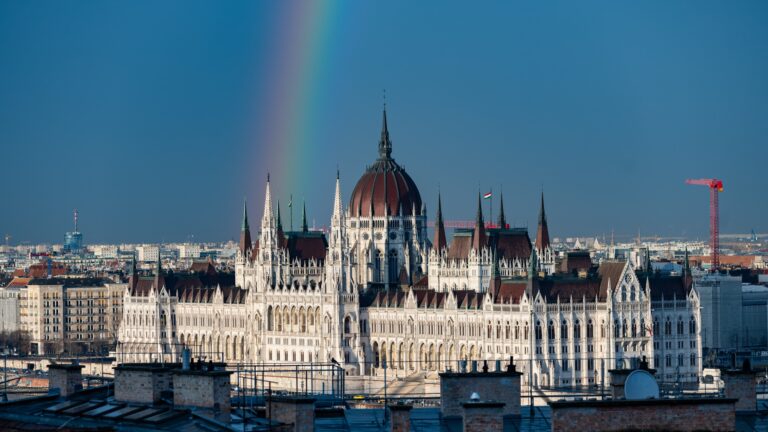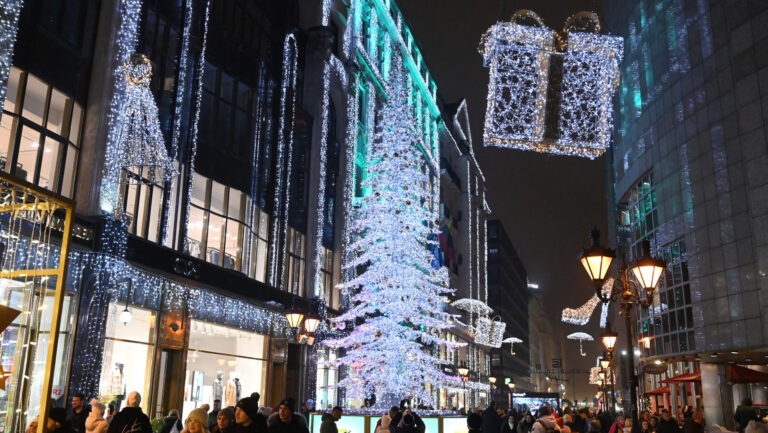Nagyházi Contemporary is currently hosting Aphrodisias, an exhibition by Hungarian painter Endre Kecső, on view until 31 May in Budapest. The exhibition centres on the legacy of the ancient Greek city of Aphrodisias, which the artist reinterprets through the medium of contemporary painting.
‘We have gathered here today because the artist is in love,’ the exhibition’s curator remarked during the opening on 29 April.
But this love is not about fulfilment—it is about longing. Nor does it stem from everyday emotion. It is a kind of Platonic love, sparked between the artist and Aphrodite in the ancient city of Aphrodisias. Located in Asia Minor, Aphrodisias was, for centuries, a sacred centre devoted to beauty, the soul, and divine reverence. More than an artistic hub, the city held deep religious significance; its temple, dedicated to Aphrodite, dates back as early as the 3rd century BCE.
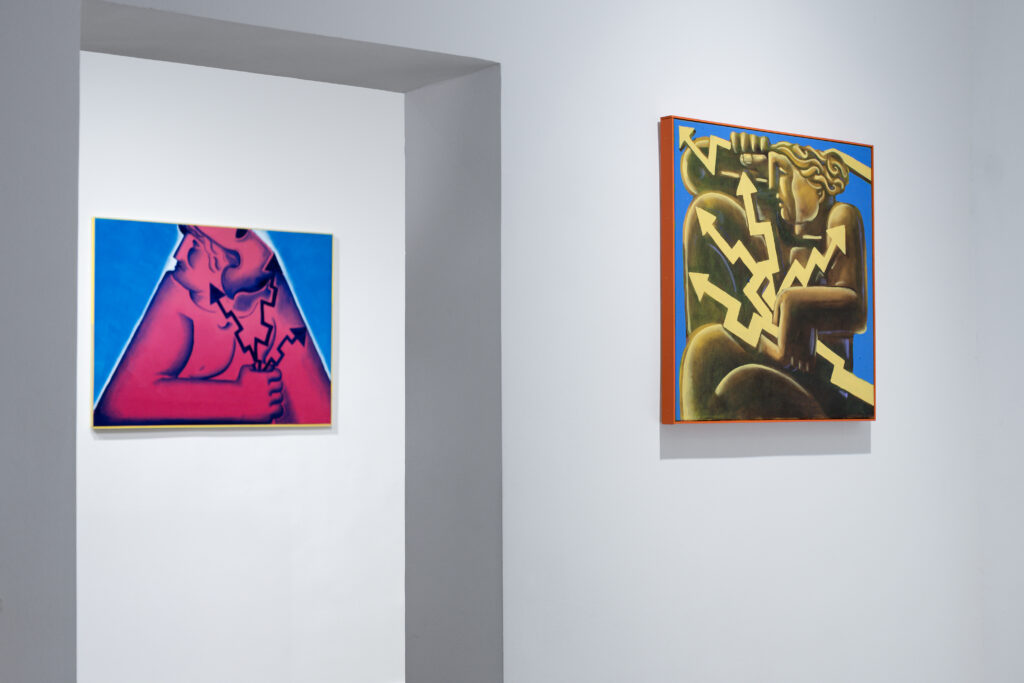
Over time, Aphrodisias evolved from a site of public ritual into a setting for more personal and psychologically profound religious experience. With the rise of mystery religions—which emphasized inner transformation, initiation, salvation, and the promise of the afterlife—the city became a crucial link in the evolution of spiritual practice. It even helped pave the way for the emergence of Christianity, which incorporated many elements from these traditions. Importantly, Aphrodite herself was not purely a Greek invention; her image embodied the legacies of Eastern fertility cults, including that of the Anatolian goddess Cybele. This fusion gave rise to a universal symbol of female fertility, nature, and love.
This layered historical and cultural heritage is vividly reflected in the paintings of Endre Kecső. Rather than indulging in nostalgia, his works evoke the ancient world through a contemporary lens. The symbols, figures, and compositions form a narrative that guides the viewer from mythological origins to timeless human questions. Kecső seeks to convey a sense of permanence—an eternity embedded in the depths of ancient narratives. His art belongs to the European tradition that treats the symbols of the past not merely as aesthetic motifs, but as forms of spiritual inheritance.
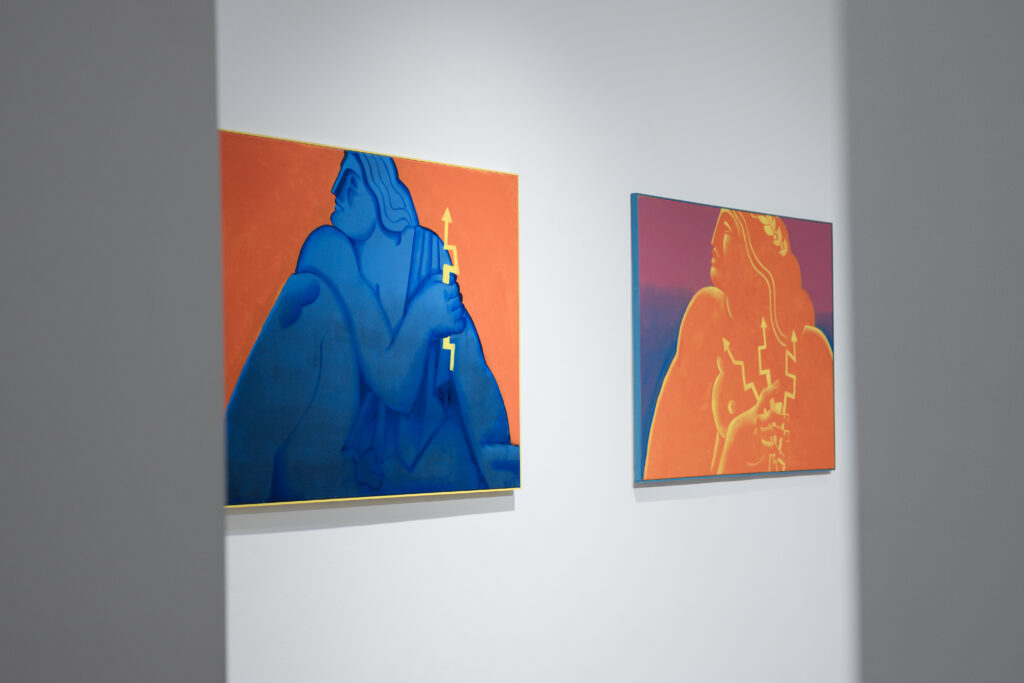
In his current series of seven paintings, from Hédoné to Eros, Kecső merges the muse with the divine. He brings sensuality and desire into everyday life, but also evokes sacredness and blessing. The vibrant, electrified male figures, painted in bold colours, symbolize procreation—the beginning of lineage and the preservation of family. Here, the artist expresses a man’s fulfilment through his union with his muse—his chosen one.
Though the city of Aphrodisias was ultimately destroyed by an earthquake, the cult of Aphrodite endured. Today, its story is not only one of longing, but one that illustrates how belief systems and cultures build upon each other, shaping the spiritual imagination of humanity.
This is the world into which Endre Kecső invites us—here at Nagyházi Contemporary.
Related articles:

